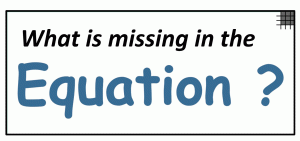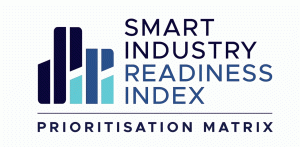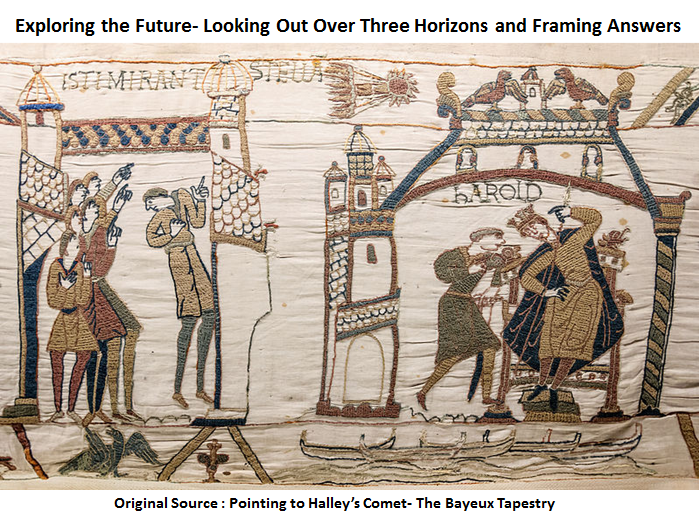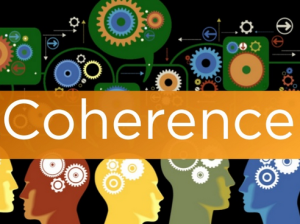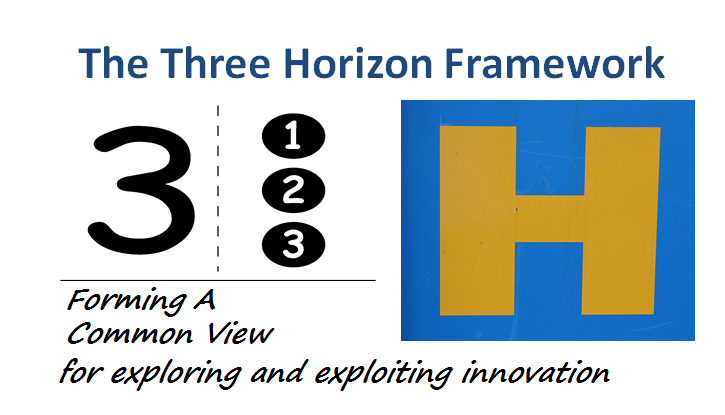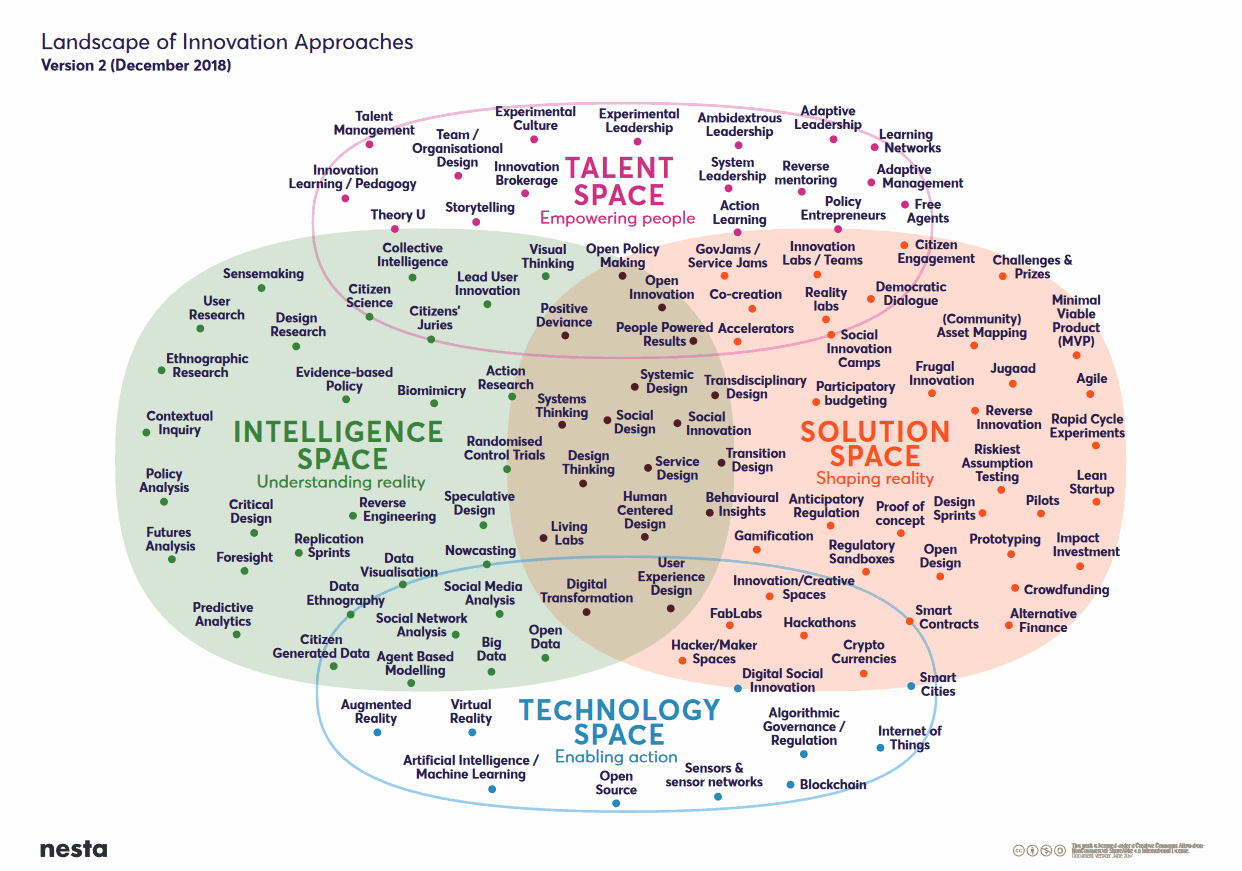 You sometimes need to kick yourself. Well in my case that seems to be increasing by the day. I have to confess I have drifted in and out of checking on Nesta, based in the UK. Different reasons, different focus areas partly although innovation keeps us together, well me checking in on them, I’m not so sure it is the same their end.
You sometimes need to kick yourself. Well in my case that seems to be increasing by the day. I have to confess I have drifted in and out of checking on Nesta, based in the UK. Different reasons, different focus areas partly although innovation keeps us together, well me checking in on them, I’m not so sure it is the same their end.
Nesta is an innovation foundation. They state: “For us, innovation means turning bold ideas into reality. It also means changing lives for the better. This is what keeps us awake at night and gets us out of bed in the morning” They work in areas where there are big challenges facing society, from the frontiers of personalized healthcare to stretched public services and a fast-changing jobs market. They cover a lot of ground and provide some very sound advice along the way.
One of their team, Bas Leurs, who is their head of learning experience design, has been working on “A Landscape of Innovation Approaches“. I read version one in February 2018 and did not pick up on version 2, published as a blog in December 2018. Hence, why I kicked myself. Continue reading “Nesta’s Landscape of Innovation Approaches”

